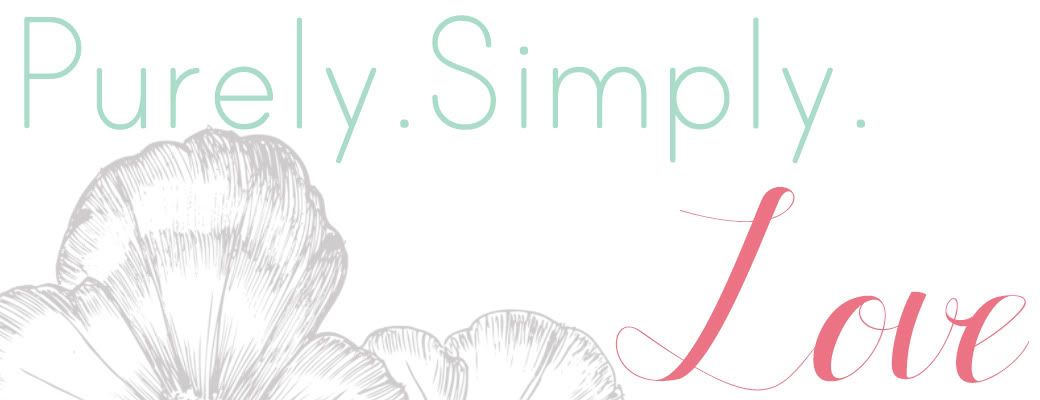
This week scared me a bit. I'm all over aperture. It makes sense and is what I focus on a lot. This week, however, we were diving into the world of ISO and Shutter Speed. I know what shutter speed is - how quickly the shutter (the little door that opens in front of your film/image sensor) operates. ISO - film speed - not as much. The thing is, is that in order for you to get a properly exposed picture you have to understand how these three things work together. It's a balancing act, when one changes, the others may need to change as well or you'll end up with blurry or dark or blown out pictures. So, here goes nothing.
Let's start with ISO. Like I said, ISO is film speed or, how quickly your image will be captured. The higher the ISO, the quicker the image is captured; the lower the ISO, the slower.
Higher ISO = Quicker capture = Less light required
Lower ISO = Slower capture = More light required
The numbers used to represent ISO are 100, 200, 400, 800, and 1600. This handy little chart helps you to know when to use what setting:
As you can see in the chart: More light = Lower ISO, Less light = Higher ISO.
You want to use the lowest setting allowable as the higher the ISO you use, the more possibility there is for grainy images (image noise) since there isn't enough time for the camera to capture the details.
Now, shutter speed. Also, like I said, this is how fast the little door (shutter) closes. It ranges from several seconds (bulb setting) to fractions of a second (1/4000th). A faster shutter speed will freeze action (think sports players flying through the air). A slower shutter speed will create a blurred effect (think an image of a highway with bands of light from the cars driving by).
Rules of thumb:
- Use a tripod for shutter speeds 1/50 of a second and below to prevent blurred images.
- If you are taking a picture with the camera in hand, use a shutter speed 1/60 of a second or faster. Hold your breath when taking the picture and if your subject is moving at all (a wiggly child, for example) up your shutter speed.
- For fast moving subjects, use a shutter speed 1/1000 of a second or faster.
Now that we have the details out of the way, lets dig in to the practice part.
The question we are focusing on this week is: "When should I use a fast shutter speed?"
I am operating my camera in Tv mode, or shutter priority mode. This means I choose the shutter speed I want and the camera will set everything else (aperture) so that the exposure is correct. The lighting wasn't fantastic for my images this week, but I did my best. Observe shutter speed:
Image 1:
Shutter Speed: 1/1250 sec.
ISO: 1600 (I was indoors with poor lighting)
f-stop: f/2.2
Notice how the water coming off the glass is "stopped" mid-motion? You can see the bubbles and droplets.
Image 2:
Shutter Speed: 1/80 second
ISO: 1600
f-stop: f/8
Notice how the water is "flowing" in the picture?
The faster the shutter speed, the faster the camera takes the picture; the slower the shutter speed the slower the camera takes the picture.
Now, notice what changed in the properties of the images? The f-stop. In order to allow enough light for correct exposure, the camera changed the aperture. The top image has a much shallower depth of field the than the bottom.
Phew! This lesson goes into a lot more detail about operating in manual mode and adjusting the shutter speed, ISO, and aperture on your own. But, this post is long enough. I may go into this another day. I hope I was clear!
Are these posts helpful? Do you have any suggestions?






You did a great job!
ReplyDeleteIf you have the chance, I might recommend trying it again with good light to see how that changes things!
Ditto Meredith, I'd love to see the same pics with better lighting because even though the pics are clear, I think the water would be even more clear and easier to see the cool little details! :) Great pics though!
ReplyDeleteGreat job demonstrating shutter speed! I had fin with this one!
ReplyDeleteYeah, I don't get the lighting part. I understand that they all three need to work together but when I'm in tv mode shouldn't my camera correct the aperature for me? I don't think it did and I'm not shooting in manual mode.
ReplyDeleteMolly, it does correct the aperture for you, but there is only so much it can do. When using a high shutter speed you are going to need a lot of lighting. Extra lighting would also help with the ability to lower your ISO which will provide a much higher quality picture. Just remember, the higher the shutter speed the more light you are going to need.
ReplyDeleteI'm following now, too, don't stop this is great!!! Just got a new camera for my bday! Thanks! Katie
ReplyDeleteI also found the Rules of Thumb really helpful! Thanks for re-posting them as a reminder.
ReplyDeleteThat's interesting about the aperture. I didn't notice that on my pics, but I wasn't paying attention to that either. I thought your pics did a good job demonstrating the lesson. :-)
ReplyDelete